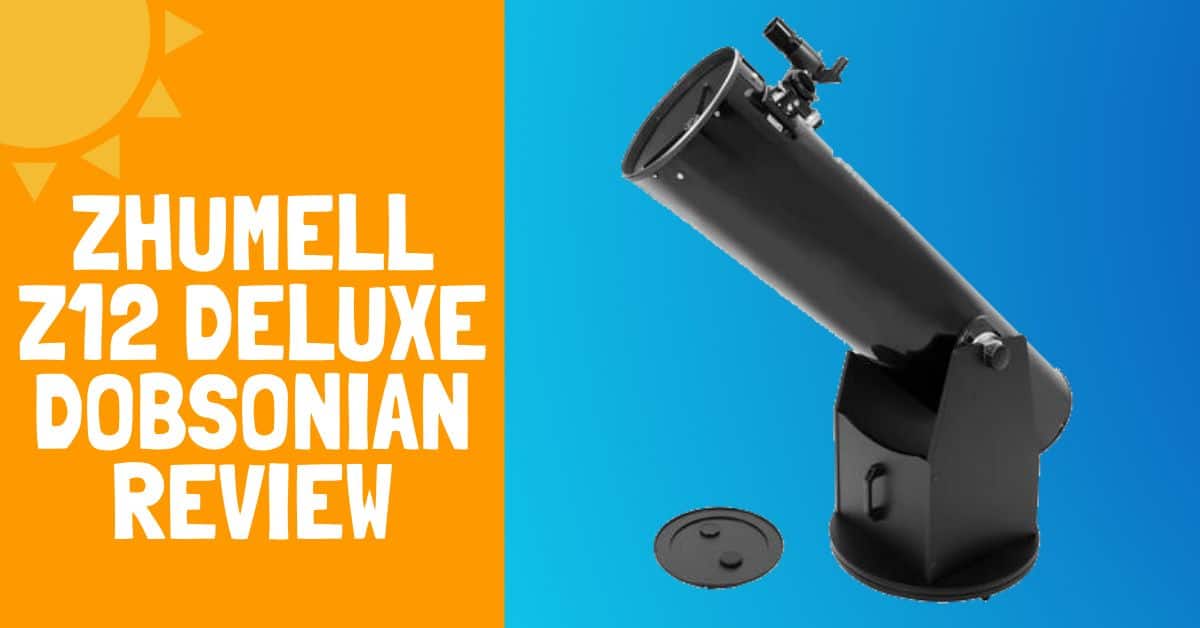

Orion XT10i – A bit smaller, but more portable and with computer assistance in locating deep-sky targets.Zhumell Z10/ Apertura AD10 /Orion SkyLine 10 – Smaller, but same great value and simplicity.If you’re not comfortable with moving the Z12 around, there are several alternative scopes that would make great picks: Make sure that the optics have no damage and that the coatings are in good shape. If the particle board mount is damaged or warped, you can make a replacement out of plywood fairly easily-or buy one. If the price reduction compared to buying new is fair, then go for it. The included 9×50 RACI finder works great and allows you to see many faint fuzzies and dim stars directly, making locating targets a breeze under even light-polluted skies, though you may want a red dot finder or reflex sight to aid you in initially aiming it, as we’ll talk about below. Unfortunately, this rarely proves to be the case, but aligning the laser is rather simple and can be done with an Allen key and a makeshift V-block in just a few minutes. The included laser collimator works quite well, provided the laser itself is aligned. The included 9mm Plossl is short on eye relief and has a narrow apparent field of view (I question if it’s even 50 degrees), but it works quite well. However, in addition to the obvious and inevitable coma you’ll see at the edge of the field of view, the SuperView design suffers from a fair amount of edge-of-field astigmatism as well, though coma is a far bigger problem and a far more solvable one. The 30mm SuperView is decent, providing a 70-degree apparent field of view (so about 1.375 degrees of true field with the Z12). The whole thing is constructed out of laminate-covered particle board and can be assembled with an Allen key in minutes – something you may need to do more than once if you plan on frequently transporting it. The Z12’s mount works much like the Z8’s – the altitude bearings are small, adjustable ball bearings that can be slid up and down the optical tube to help with balance, while the azimuth bearing runs on rollers. Unlike with the Z8 and Z10, the dust cap on the Z12 actually has raised areas near the middle for you to lift it off the tube, a nice bonus. The focuser on the Zhumells is a high-quality dual-speed 2” Crayford unit, a must for such a large scope with a fast focal ratio. I’m not sure where one is supposed to attach the battery pack – no instruction on that is given as far as I’m aware – but I wound up using Velcro to stick it onto the back end of the one I used. The cell also has a cooling fan which is powered by an AA battery pack that plugs into the fan. They also serve no functional purpose in the scope.
#Zhumell z12 crack
Like with the other Zhumells, the Z12 comes with 3 pointless locking bolts that can be removed to no adverse effect they directly contact the glass and could crack your primary mirror if you drop the scope by accident with them left in. The primary mirror sits on a 9-point floatation-support mirror cell.


 0 kommentar(er)
0 kommentar(er)
